Vesuvianite, also known as idocrase, is a complex calcium aluminum silicate mineral with the chemical formula (Ca, Na)19(Al, Fe, Mn)13(Mg, Fe)5(Si, Al, B)18O68(OH,F)4. This mineral is named after Mount Vesuvius in Italy, where it was first discovered. Vesuvianite is a member of the silicate mineral group and is known for its diverse range of colors, including green, brown, yellow, blue, and rarely pink or purple.
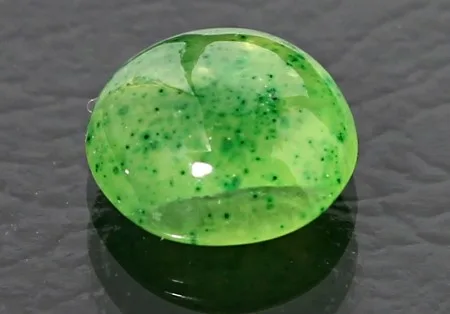
Vesuvianite typically forms in metamorphic rock environments under high-temperature and pressure conditions in the Earth’s crust. It often occurs as elongated prismatic crystals or granular aggregates. The mineral has a moderate to high hardness, ranging from 6.5 to 7 on the Mohs scale, and it exhibits a vitreous to resinous luster.
Vesuvianite is a mineral of geological and mineralogical interest, and it is occasionally used as a gemstone in jewelry. It is valued for its various colors and crystal forms, making it a sought-after specimen for mineral collectors. Additionally, in the realm of metaphysical beliefs and alternative medicine, vesuvianite is thought to have healing and balancing properties, such as promoting creativity and self-worth.
In summary, vesuvianite, or idocrase, is a calcium aluminum silicate mineral known for its distinctive chemical composition, a variety of colors, and its presence in metamorphic rock formations. It holds significance in the fields of geology, mineralogy, and alternative healing practices.
Physical, Chemical and Optical Properties of Vesuvianite
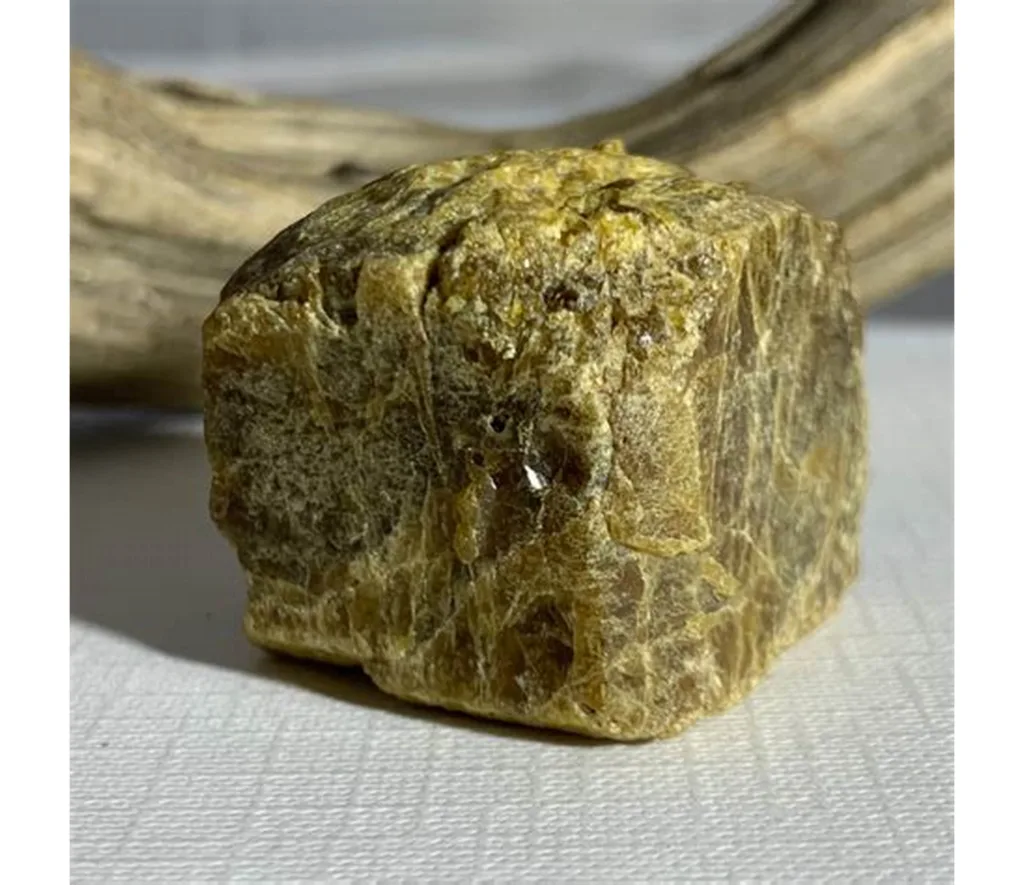
Vesuvianite, also known as idocrase, exhibits a range of physical, chemical, and optical properties that contribute to its uniqueness and significance as a mineral. Here are some key characteristics in each of these categories:
Physical Properties:
- Hardness: Vesuvianite has a moderate to high hardness ranging from 6.5 to 7 on the Mohs scale, making it relatively resistant to scratching.
- Luster: The mineral typically displays a vitreous to resinous luster, giving it a glossy and reflective appearance when polished.
- Color: Vesuvianite is known for its diverse range of colors, which include green (the most common color), as well as brown, yellow, blue, and, on rare occasions, pink or purple. The specific coloration depends on the mineral’s chemical composition and impurities.
- Streak: The streak of vesuvianite is usually white or colorless.
- Transparency: Vesuvianite can be transparent, translucent, or opaque, depending on the specimen.
- Cleavage: Vesuvianite exhibits distinct cleavage in two directions, making it prone to breaking along those planes.
- Fracture: It also has a conchoidal fracture, which means it breaks with smooth, curved surfaces resembling clamshell patterns.
Chemical Properties:
- Chemical Composition: The chemical formula for vesuvianite is quite complex: (Ca, Na)19(Al, Fe, Mn)13(Mg, Fe)5(Si, Al, B)18O68(OH, F)4. It contains calcium (Ca), sodium (Na), aluminum (Al), iron (Fe), manganese (Mn), magnesium (Mg), silicon (Si), and boron (B) in its structure.
- Crystal System: Vesuvianite crystallizes in the orthorhombic crystal system, typically forming elongated prismatic or columnar crystals.
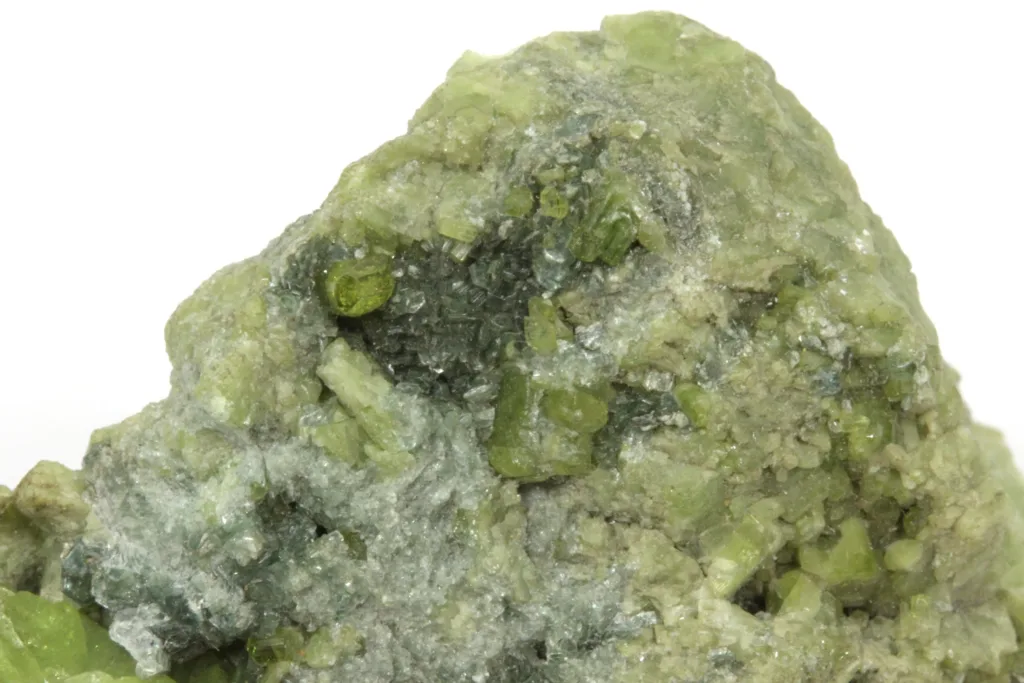
Optical Properties:
- Refractive Index: The refractive index of vesuvianite ranges from approximately 1.700 to 1.754, depending on the specific variety and color.
- Birefringence: Vesuvianite is birefringent, which means it can split a single incident light ray into two rays, each traveling at a different speed. This property is often used in identifying the mineral.
- Dispersion: It exhibits moderate dispersion, creating colorful fire or flashes of light when viewed under specific lighting conditions.
- Specific Gravity: The specific gravity of vesuvianite typically falls in the range of 3.3 to 3.4.
These physical, chemical, and optical properties contribute to the distinctive appearance and characteristics of vesuvianite. Its diverse colors, moderate hardness, and interesting optical properties make it a fascinating mineral for both collectors and those interested in gemology.
Formation, Occurrence and Deposits
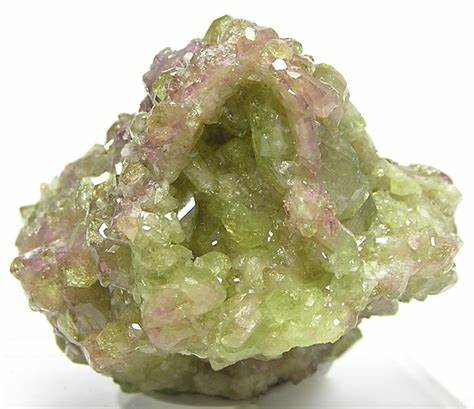
Vesuvianite, also known as idocrase, typically forms in metamorphic rock environments under high-temperature and pressure conditions in the Earth’s crust. Here’s more information about the formation, occurrence, and deposits of vesuvianite:
Formation: Vesuvianite is primarily formed through the metamorphism of pre-existing rocks, particularly in settings with high pressure and temperature. The mineral forms as a result of complex geological processes involving the alteration of other minerals and the rearrangement of elements in the Earth’s crust. These processes can include the following:
- Contact Metamorphism: Vesuvianite can form when pre-existing rocks are subjected to heat and pressure due to the intrusion of molten magma. The contact between the molten rock and the surrounding country rock triggers changes in the mineral composition, leading to the formation of vesuvianite.
- Regional Metamorphism: In regions undergoing high-grade metamorphism, such as mountain-building processes, the combination of high pressure and temperature can lead to the formation of vesuvianite as part of the mineral assemblage within metamorphic rocks.
Occurrence and Deposits: Vesuvianite is found in various geological settings around the world, and its occurrence can be associated with specific types of rock formations. Some notable locations where vesuvianite is known to occur include:
- Italy: Vesuvianite is named after Mount Vesuvius in Italy, where it was first discovered. It is found in the Vesuvian volcanic complex, associated with skarn deposits and contact metamorphism.
- California, USA: California is another well-known locality for vesuvianite, especially in the state’s deserts and mountainous regions. These occurrences are also related to contact metamorphism in skarns and are often referred to as “californite.”
- Switzerland: Vesuvianite can be found in some Alpine regions of Switzerland, particularly in metamorphic rock formations.
- Russia: Vesuvianite has been reported from various locations in Russia, including the Urals and the Kola Peninsula.
- Canada: Some vesuvianite occurrences have been reported in regions of Canada, such as Quebec and British Columbia.
- Other Localities: Vesuvianite can be found in skarn deposits associated with limestone and contact metamorphism in various parts of the world.
The mineral’s diverse range of colors and crystal forms, along with its presence in a variety of geological settings, makes it a sought-after specimen for mineral collectors. Additionally, vesuvianite is occasionally used as a gemstone in jewelry, especially the green and yellow varieties, although it is not as widely recognized or utilized as other gemstones like emeralds or sapphires.
Gemological Aspects of Vesuvianite
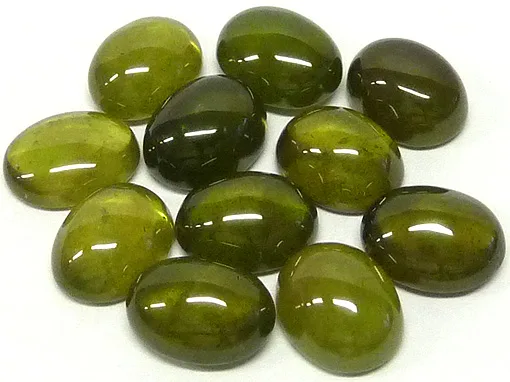
Vesuvianite, also known as idocrase, possesses several gemological aspects that make it interesting to gemologists and collectors. Here are some key considerations:
- Variety of Colors: Vesuvianite exhibits a wide range of colors, making it appealing for use in jewelry. While green is the most common color, it can also be found in brown, yellow, blue, and, more rarely, pink or purple. Each color variety may have specific names, such as “californite” for the green variety.
- Color Stability: The color of vesuvianite is typically stable and not prone to fading or change with exposure to light. This stability is a desirable quality in gemstones.
- Hardness: Vesuvianite has a moderate to high hardness, ranging from 6.5 to 7 on the Mohs scale. This hardness makes it suitable for use in jewelry, where gemstones need to withstand wear and tear.
- Transparency: Vesuvianite can be transparent, translucent, or opaque, depending on the specimen. Transparent and translucent varieties are commonly used in gemstone cutting and jewelry.
- Cutting and Polishing: When properly cut and polished, vesuvianite can exhibit a vitreous to resinous luster, enhancing its visual appeal.
- Dispersion: Vesuvianite displays moderate dispersion, which is the ability to split light into its spectral colors. This property can create colorful fire or flashes of light, adding to the gem’s visual allure.
- Clarity: Inclusions and imperfections are relatively common in vesuvianite, and these can affect its clarity. Gem cutters and collectors often take into consideration the type and extent of inclusions when evaluating the quality of a vesuvianite gemstone.
- Refractive Index and Birefringence: Vesuvianite has a refractive index that falls within the range of approximately 1.700 to 1.754. It is also birefringent, meaning it can split a single incident light ray into two rays, each traveling at a different speed. Gemologists use these optical properties to help identify vesuvianite.
- Durability: The combination of vesuvianite’s hardness and toughness makes it a durable gemstone suitable for use in various types of jewelry, including rings, earrings, pendants, and bracelets.
- Metaphysical Beliefs: In the world of alternative healing and metaphysical beliefs, vesuvianite is associated with properties such as creativity, self-worth, and emotional balance. Some individuals choose gemstones like vesuvianite for their purported metaphysical benefits.
While vesuvianite is not as widely recognized or used as some other gemstones like diamonds, sapphires, or emeralds, its unique color range and intriguing optical properties make it a captivating choice for those who appreciate its distinctiveness. Gemologists and collectors value vesuvianite for its diverse colors and potential as a beautiful and durable gemstone.
Uses of Vesuvianite
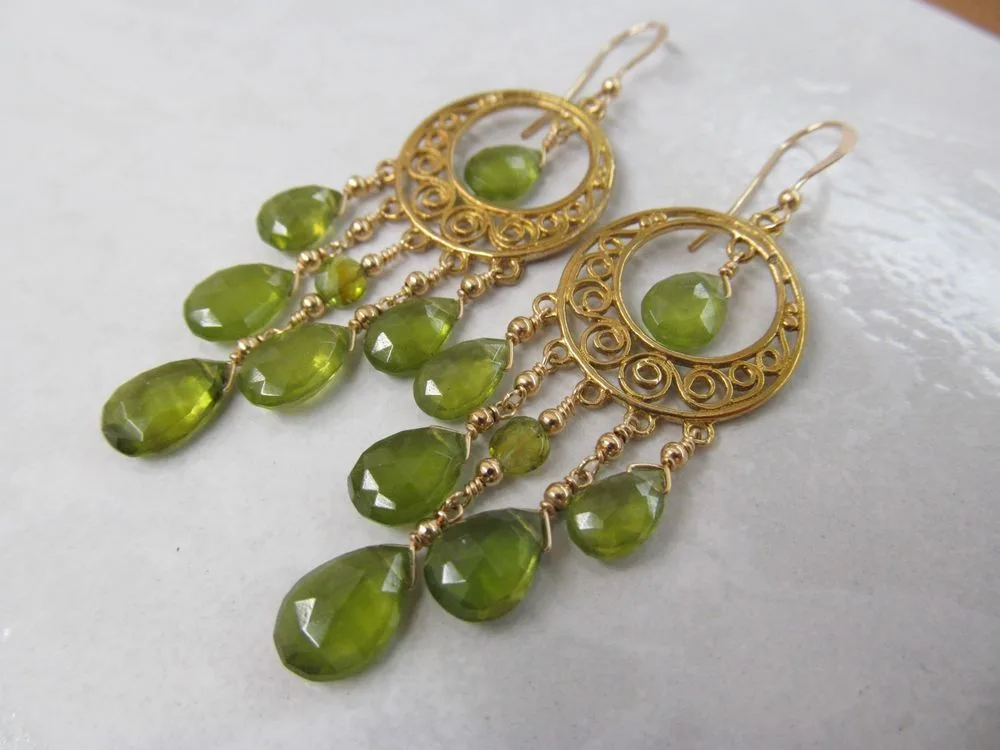
Vesuvianite, also known as idocrase, has a range of uses and applications, although it is not as widely known or utilized as some other minerals and gemstones. Here are some of the primary uses of vesuvianite:
- Collector’s Mineral: Vesuvianite is highly sought after by mineral collectors and enthusiasts. Its diverse range of colors, crystal structures, and occurrence in various geological settings make it a prized specimen for those who appreciate the beauty and rarity of minerals.
- Gemstone: Although not as well-known as some other gemstones, vesuvianite, particularly the green and yellow varieties, is used in jewelry as a gemstone. When properly cut and polished, it can be set into rings, earrings, pendants, and other pieces.
- Metaphysical and Alternative Healing: Vesuvianite is associated with various metaphysical and alternative healing beliefs. It is believed to have properties that can enhance creativity, promote self-worth, and help with emotional balance. People interested in holistic and energy-based therapies may use vesuvianite for its purported benefits.
- Lapidary Arts: In the field of lapidary arts, which involves cutting and shaping gemstones and minerals, vesuvianite can be fashioned into cabochons, beads, and other decorative items.
- Ornamental and Decorative Use: Vesuvianite, with its various colors and patterns, can be used for ornamental and decorative purposes. It may be included in sculptures, carvings, and other artistic creations.
- Scientific and Geological Study: Vesuvianite is of interest to scientists and geologists who study the Earth’s crust and geological processes. Its presence in specific rock types and environments can provide insights into the history and conditions of the Earth’s formation.
- Educational and Museum Displays: Vesuvianite specimens are often used in educational settings, including in museums and mineral exhibitions, to help people learn about the diversity of minerals and their properties.
- Historical and Cultural Significance: In some regions where vesuvianite is found, it may hold historical and cultural significance. It can be used as a symbol of the local geological heritage.
It’s important to note that while vesuvianite has a range of uses, its popularity and recognition are not on the same level as more common gemstones like diamonds, rubies, or sapphires. However, its unique colors and distinctive properties make it a valuable and intriguing mineral for those who appreciate its individuality and beauty.
Identification and Testing Gemstone Identification
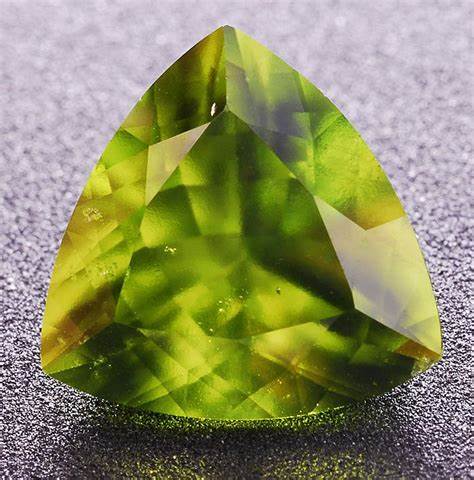
Identifying gemstones involves a combination of visual, physical, and sometimes laboratory testing methods. Gemologists and gemstone professionals use several key techniques, including:
- Visual Inspection: Gemologists begin by observing a gemstone’s color, transparency, luster, and inclusions under proper lighting conditions. The visual examination can provide initial clues about the gem’s identity.
- Refractive Index (RI): Determining a gemstone’s RI involves measuring how much a ray of light is bent as it enters the gem. This property is helpful in identifying many gem types.
- Specific Gravity (SG): SG is a measure of a gemstone’s density and is calculated by comparing its weight in air to its weight in water. Different gemstones have characteristic SG values.
- Hardness: The Mohs scale of hardness is used to assess a gem’s resistance to scratching. Gemologists can scratch test a stone with common minerals to determine its hardness.
- Luster: The type and quality of luster (e.g., vitreous, metallic, or pearly) can help identify gemstones.
- Color Filters: Using a Chelsea filter, dichroscope, or spectroscope can reveal characteristic absorption and pleochroism patterns in certain gemstones.
- UV Light: Some gemstones fluoresce or phosphoresce when exposed to ultraviolet (UV) light, which is useful for identification.
- Magnification: A loupe or microscope can help inspect inclusions and blemishes, as well as internal features that are indicative of specific gem types.
- Birefringence: The examination of a gem’s birefringence and interference figures is essential for identifying doubly refractive gemstones.
- Spectroscopy: Instruments like a spectroscope or a spectrometer can reveal a gem’s unique spectral signature, which can be compared to known gemstone spectra.
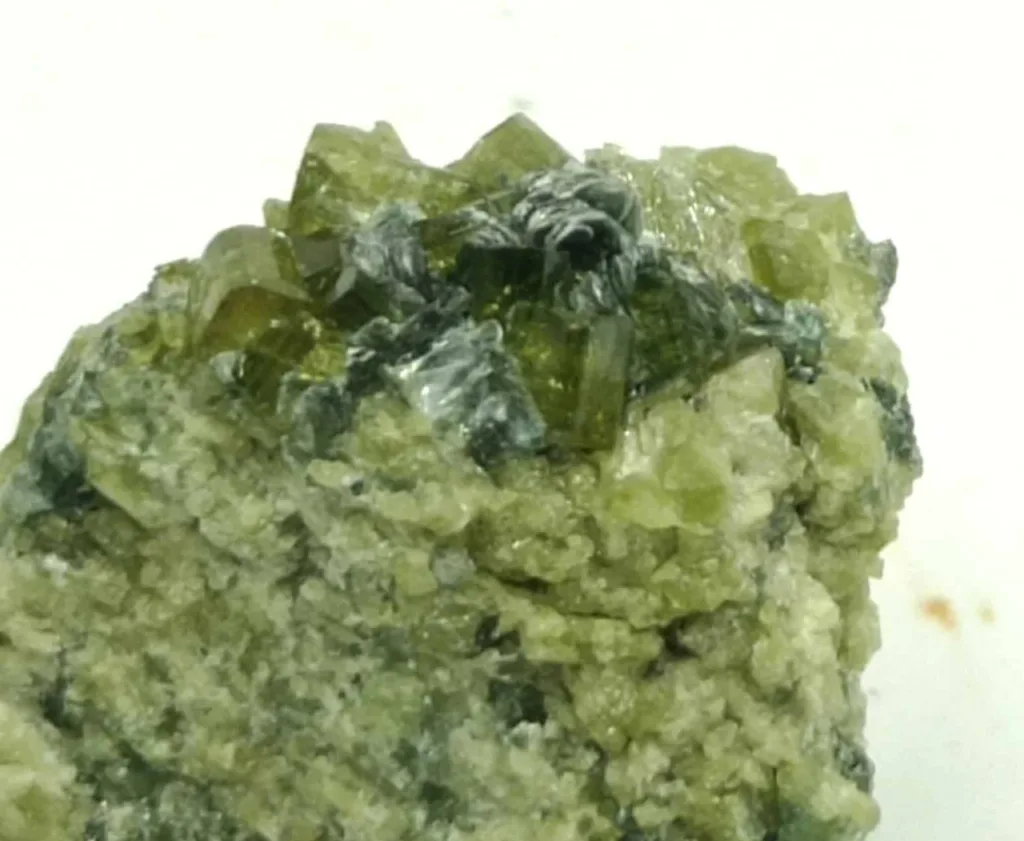
Common Gemstone Treatments:
Many gemstones undergo treatments to enhance their appearance or durability. Common treatments include:
- Heat Treatment: Heating gemstones can improve color and clarity. This is common for sapphires, rubies, and many other gems.
- Irradiation: Some gems, such as blue topaz and green diamonds, are exposed to radiation to alter their color.
- Surface Coating: Thin coatings are applied to gemstones to improve color or create special effects. Some blue topaz and certain tanzanite are examples.
- Oil and Resin Filling: Emeralds and certain rubies are often treated with oils or resins to fill fractures and enhance clarity.
- Dyeing: Pearls and some other gems are dyed to improve or change their color.
- Diffusion: Certain sapphires are diffused with elements like beryllium to enhance their color.
- Bleaching: Coral and pearls are sometimes bleached to improve their appearance.
- Lattice Diffusion: Used in some corundum gemstones to introduce elements into the lattice to enhance color.
Gemological Tools:
Gemologists use various specialized tools for gem identification and evaluation, including:
- Gemological Microscope: This instrument is equipped with polarizing filters and allows for in-depth inspection of a gem’s inclusions and other internal characteristics.
- Refractometer: Measures a gem’s refractive index, an essential property for identification.
- Chelsea Filter: A dichromatic filter used to identify gemstones by their characteristic reactions under the filter’s light.
- Spectroscope: Helps identify gemstones by analyzing their absorption spectrum and identifying diagnostic lines.
- Specific Gravity Testing Kit: A set of tools and liquids used to measure a gem’s specific gravity.
- Loupes: A jeweler’s loupe is a small, portable magnification tool used for inspecting gemstones.
- Polarscope: Used to examine a gem’s birefringence and interference figures.
- Spectrometer: Provides a detailed spectral analysis of a gem’s absorption and emission lines.
- UV Light Source: Used to detect fluorescence in gemstones.
- Gemological Tweezers: Precision tweezers with curved tips for handling gemstones.
These tools and testing methods, combined with knowledge and experience, are essential for accurate gemstone identification and evaluation, as well as the detection of treatments and enhancements.
Conclusion
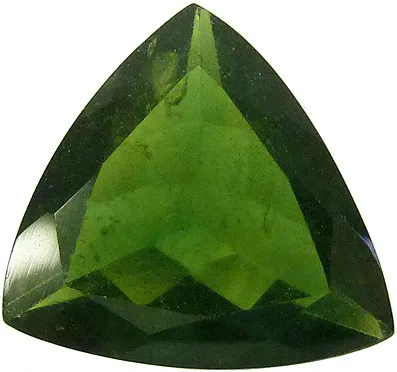
In conclusion, vesuvianite, also known as idocrase, is a calcium aluminum silicate mineral with a complex chemical composition. It is valued for its unique characteristics and finds various uses in the world of gemstones and minerals.
Key points about vesuvianite:
- Formation and Occurrence: Vesuvianite typically forms in metamorphic rock environments under high-temperature and pressure conditions. It is found in various geological settings worldwide, including Italy, California, Switzerland, Russia, and Canada.
- Physical, Chemical, and Optical Properties: Vesuvianite exhibits a range of physical, chemical, and optical properties. These include a diverse color range, moderate to high hardness, vitreous to resinous luster, and notable birefringence, which can create colorful flashes of light.
- Gemological Aspects: Vesuvianite has several gemological aspects that make it appealing to gemologists and collectors. It is used as a gemstone in jewelry, with green and yellow varieties being the most common choices. It is known for its color stability, durability, and moderate dispersion, contributing to its visual appeal.
- Uses: Vesuvianite is used as a gemstone in jewelry, although it is not as widely recognized as more common gemstones. It is also sought after by mineral collectors, used for metaphysical and alternative healing practices, and employed in ornamental and decorative applications.
- Identification and Testing: Gemologists employ various techniques and tools to identify vesuvianite and other gemstones, including visual inspection, refractive index, specific gravity, hardness, luster, and optical tests.
- Common Gemstone Treatments: Gemstones, including vesuvianite, may undergo treatments such as heat treatment, irradiation, surface coating, oil and resin filling, dyeing, and diffusion to enhance their appearance or durability.
- Gemological Tools: Gemologists use specialized tools, such as gemological microscopes, refractometers, Chelsea filters, spectrometers, specific gravity testing kits, loupes, and more, to identify and evaluate gemstones accurately.
The significance of vesuvianite in the world of gemstones lies in its unique color variety, moderate hardness, and distinct optical properties. While it may not be as widely recognized as some other gemstones, its appeal to collectors and gem enthusiasts, along with its use in jewelry and metaphysical practices, showcases its value as a captivating and versatile mineral in the world of gems and minerals.




































